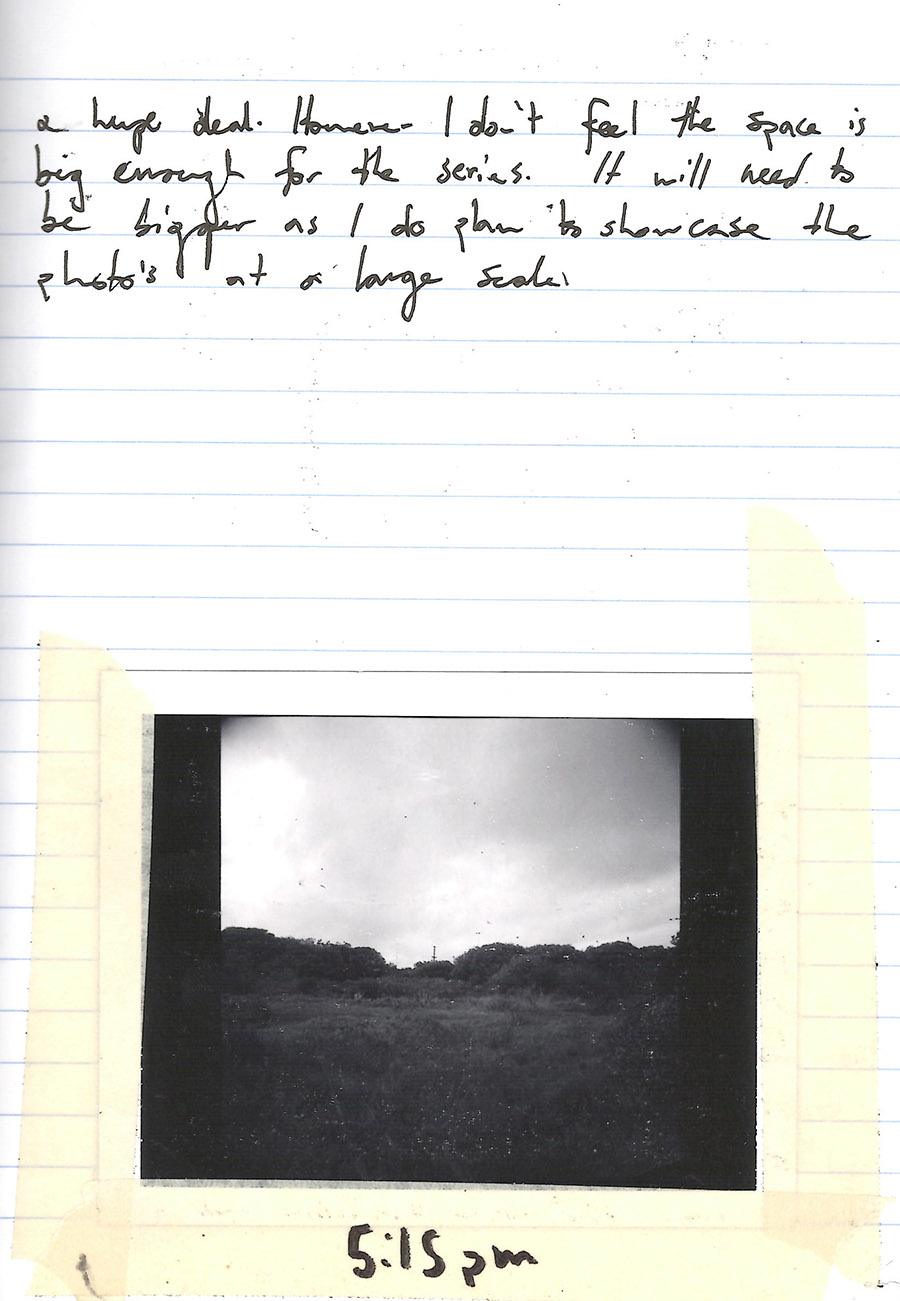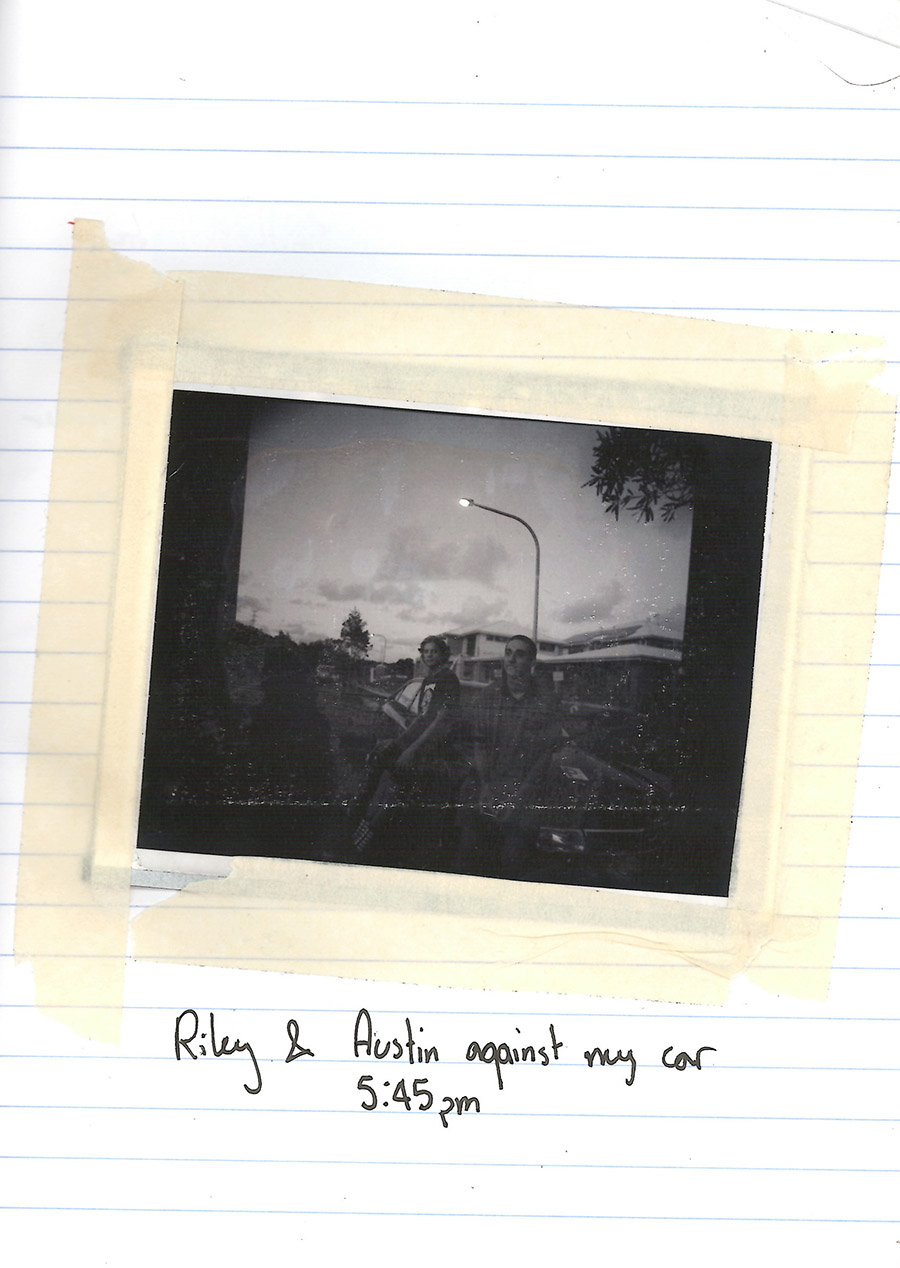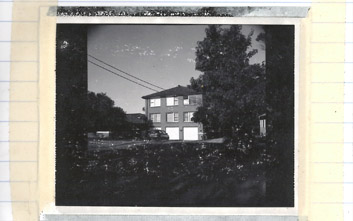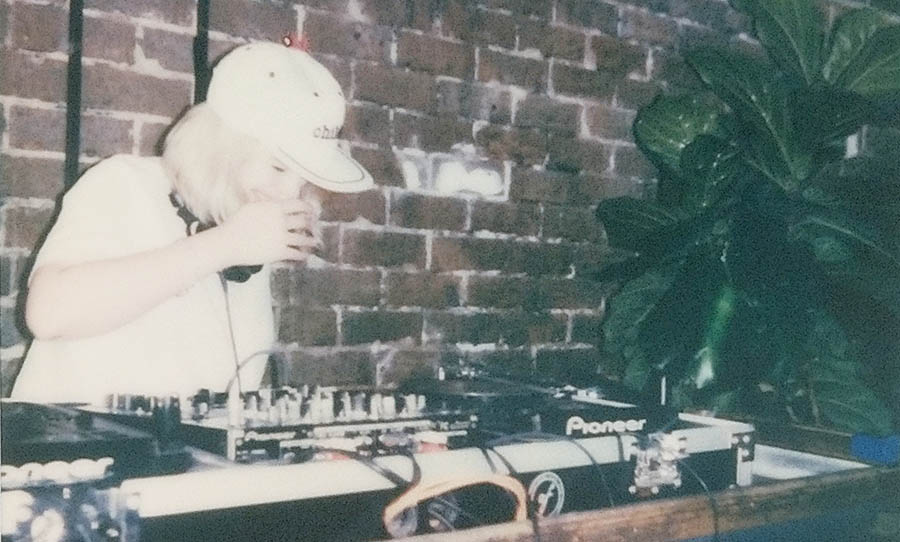Like Google, the Hoover or Jacuzzis, Polaroid have received the ultimate brand recognition of becoming synonymous with their product. In this case we’ll give them a break, given that they played a key hand in the invention and further development of polarising polymer, and furthermore instant film.
After a slump in popularity following the emergence of cheaper, faster, and higher resolution photography, Polaroid film is back with a force. Riding the new wave of nostalgia for formats of old, a horde of young shutterbugs are picking up their portables again. But why exactly?
Harleigh English is a photographer based in Sydney, and a hard advocate for the continued practice of film in the face of digital dominance. He was more than happy to share a few of his old Polaroids, and have a quick chat about the format.
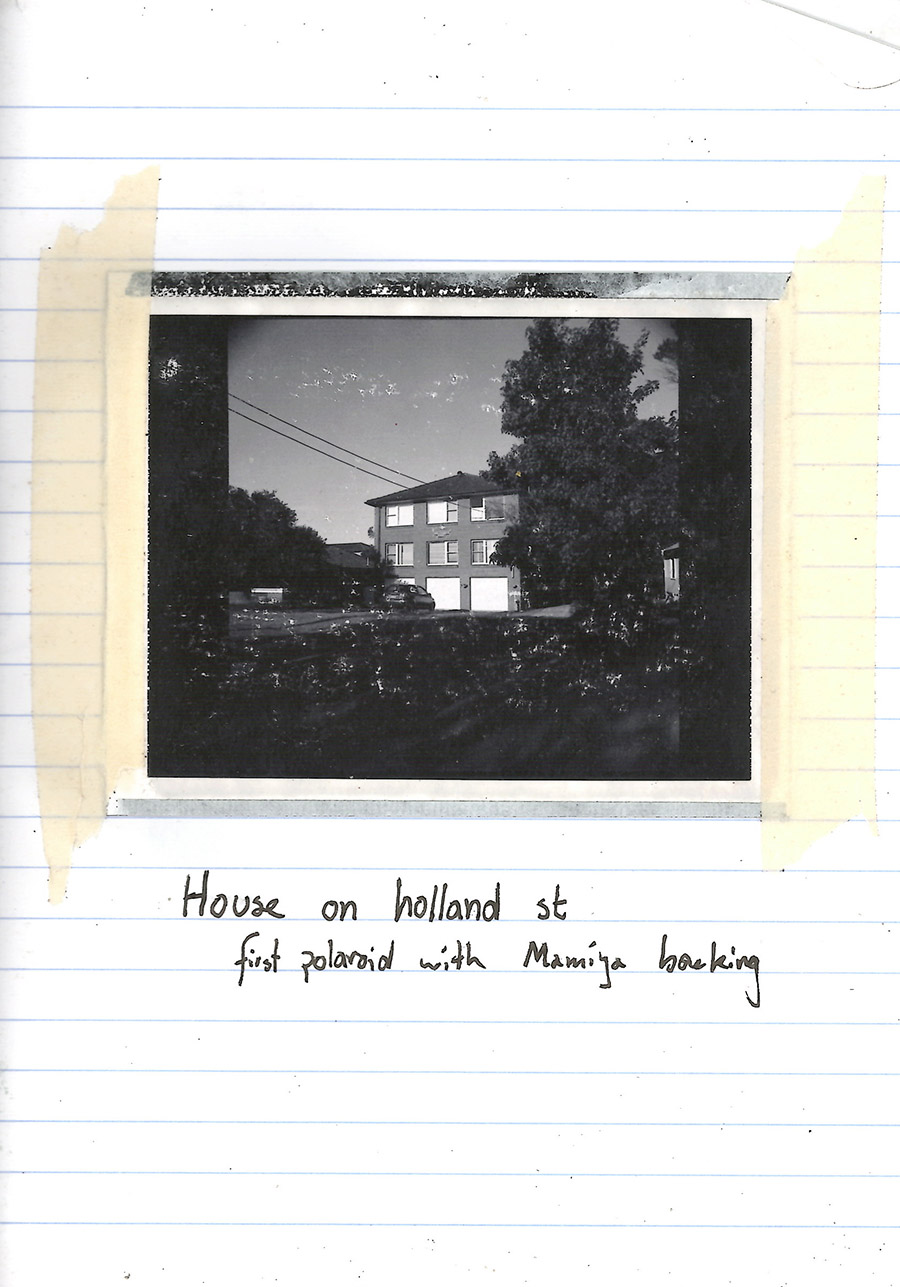
Despite the difficulty, detriment and dollar bills associated with Polaroid, why are so many young photographers now embracing the format?
HAPPY: When did you take these? Are they from the same time?
HARLEIGH: These Polaroids are both old and new. I worked with the format a few years back when I bought a few packets of the Impossible film. I experimented with it for a while and then it kind of just fell by the wayside. I picked it up again last year when I used a Polaroid film back for a medium format camera, and those ones are the black and whites.
HAPPY: Do any special memories come to mind, looking at these shots?
HARLEIGH: There is a definite nostalgia that hits me when I see these, of memories both good and bad. We sometimes have an ability when we look on the past to see only the good memories, to think there was only good times during that period, and the nostalgia develops out of that. These Polaroids, which I don’t think are very great, do both because they were all taken at very different parts of my life, so it’s a bit of a happy-sad.
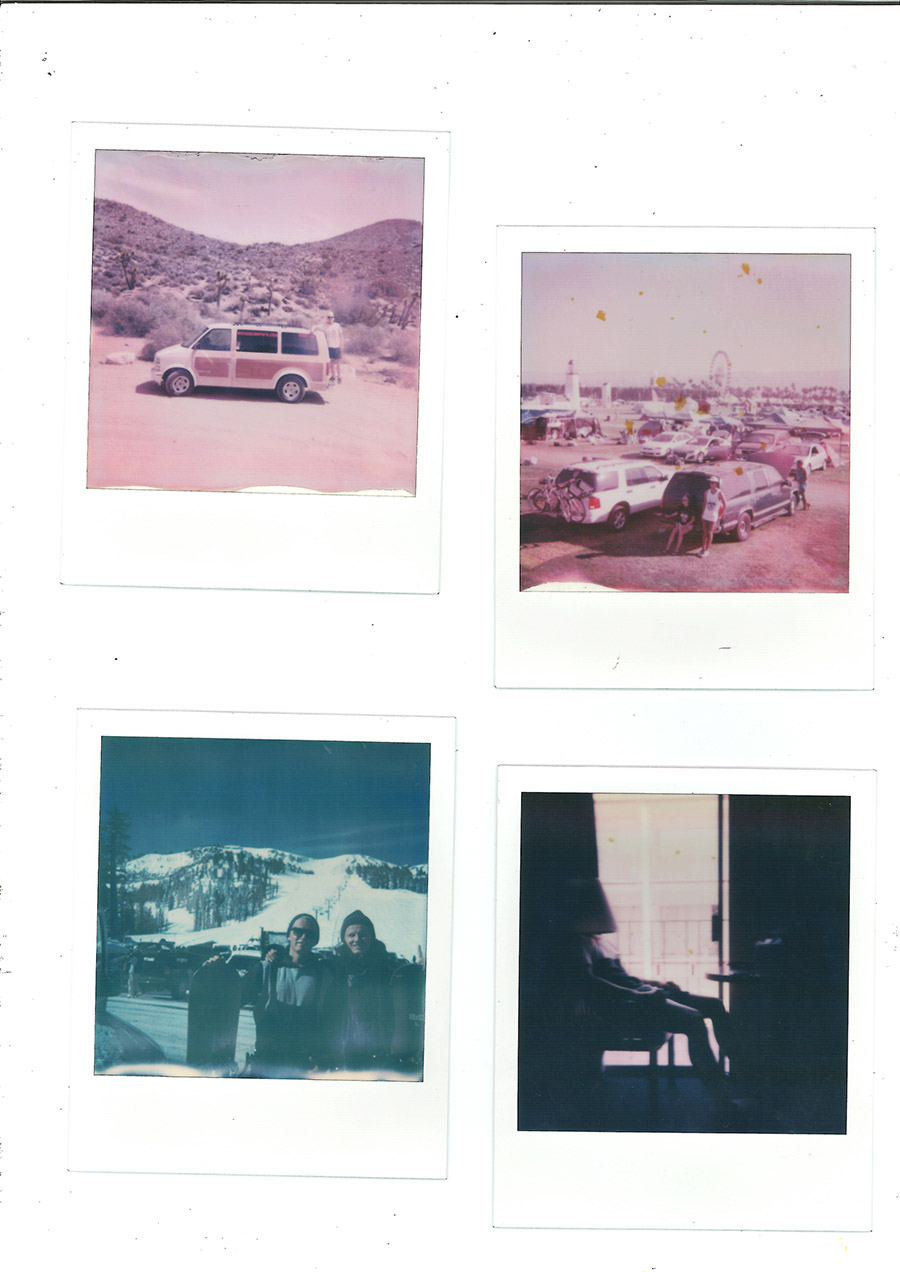
HAPPY: It’s not your choice format, what made you want to pick it up?
HARLEIGH: It happened a fair few years ago because it was my grandfather’s old Polaroid camera, and I wanted to visit this format that he had so commonly used… I suppose in a way it helped push my discovery for film.
HAPPY: Why do you think people have started using them so widely again?
HARLEIGH: I think people have started using them again because companies have found a way to make it more affordable and have created a niche market targeted at a wider audience. Through that they’ve resurrected an old format and this new generation of ours have returned to picture-making in a tangible form, similar to what they’re doing with vinyl now.
I suppose with everything being crystal-clear and high definition today, to have an object or a moment with idiosyncrasies in it can somewhat appear to be more meaningful and memorable, maybe.

HAPPY: Any photographers you know do awesome things with the format?
HARLEIGH: Yes there’s a tonne of people that are using and did use the format more efficiently. People like Dash Snow, Helmut Newton and Diego Uchitel just to name a few. I also have a few close buddies who return to it every now and then, Jacob Boylan did some interesting work with it and Liam Riley is defiantly getting the ball rolling on some great pieces with it.
HAPPY: Do you still use a polaroid?
HARLEIGH: I definitely haven’t been as much as I’d like to, but potentially in the near future!

